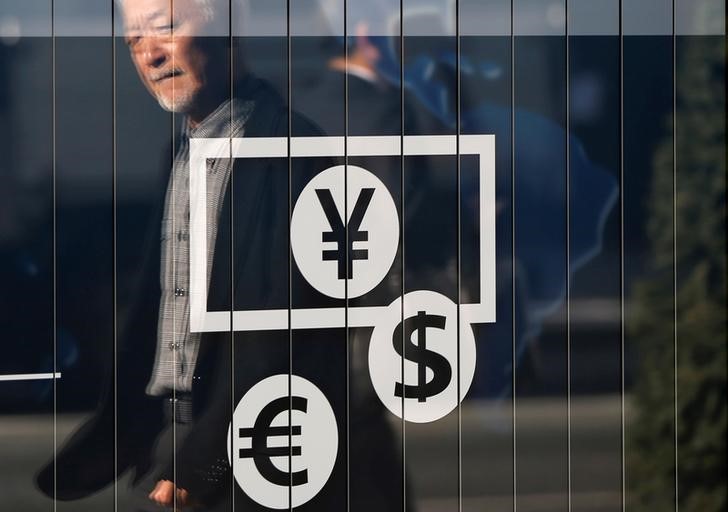Investing.com - The dollar slid to two-and-a-half month lows against a basket of the other major currencies on Thursday after the Federal Reserve’s latest policy statement offered few insights into its plans for raising interest rates this year.
The U.S. dollar index, which measures the greenback’s strength against a trade-weighted basket of six major currencies, was down 0.26% at 99.43, the lowest level since November 14.
The Fed stuck to its view that the economy is strengthening and policymakers also see economic growth continuing, even as it tightens monetary policy in the months ahead.
The statement gave no clear signal on the timing of its next rate hike as officials wait to assess the possible economic impact of the Trump administration’s protectionist policies and his recent remarks about currencies.
The euro surged on Tuesday after President Trump’s top trade adviser accused Germany of currency exploitation, saying it is using a “grossly undervalued” euro to exploit the U.S. and its trading partners.
In separate remarks, Trump criticized Japan and China, saying they devalued their currencies to the disadvantage of the U.S.
The dovish statement hit sentiment on the greenback despite a raft of solid U.S. economic data being released earlier Wednesday.
The Institute for Supply Management reported that its index of manufacturers rose to more than two-year highs in January and the ADP nonfarm payrolls report showed that the private sector boosted hiring last month.
The dollar was weaker against the yen, with USD/JPY dropping 0.51% to 112.66, not far from the nine-week lows of 112.07 set on Tuesday.
The euro strengthened, with EUR/USD climbing 0.33% to 1.0802.
Sterling also moved higher, with GBP/USD rising 0.23% to 1.2689 ahead of the Bank of England’s policy meeting and inflation report later Thursday.
The BoE is expected to revise up its outlook for inflation and growth, but uncertainty over Brexit is expected to cloud the outlook.
Meanwhile, the Australian dollar rallied, with AUD/USD surging 0.99% to 0.7663 after data showing that the country posted its largest trade surplus on record in December on the back of surging commodity prices.
